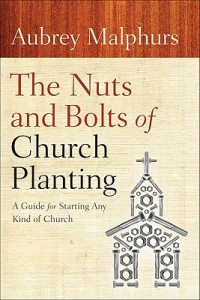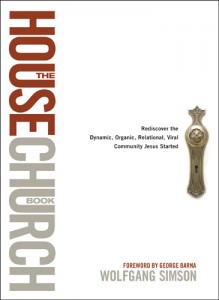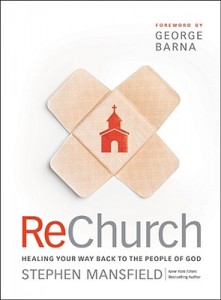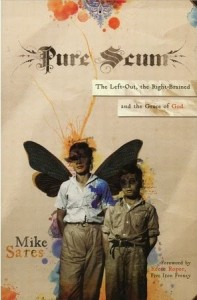Christian, nondenominational.
That’s how I’ve always defined myself. From childhood, through college, and for all of my years in ministry, I have always attended nondenominational churches. My churches have been a part of networks (like the Willow Creek Association, or the Alliance for Renewal Churches, with which Ember was associated), but never a denomination. Now, however, Breena and I attend LifePoint Church, which happens to be part of the Southern Baptist Convention. I’m certain that God finds this hilarious.
Today at LifePoint we had the privilege of hosting the SBC-Ohio’s annual evangelism and church planting conference, called Momentum. There were four plenary speakers, David Uth of First Baptist Orlando, Phil Hotsenpiller of Influence Church, Tony Merida of Imago Dei Church, and Michael Catt of Sherwood Baptist Church. (Sherwood is the church that produced the films Courageous, Fireproof, and Facing the Giants.) There were also several workshops, including one by my old friend Matt Pardi of H2O Church in Bowling Green, and another by Shane Tucker, the Worship & Arts Pastor (and my boss) at LifePoint.
I wasn’t planning on “attending” the conference because I was really there to work, but I did get to sit in on just about everything, so I really felt like an attendee. The first highlight for me was Tony Merida’s message, which was so good I pulled out my notebook and started taking notes. He was talking about endurance, and he made the excellent point that grace is the means of endurance. “If you are fatigued,” he continued, “then you are an excellent candidate for grace.” I am fatigued. My wife is fatigued. Like all parents of kids with special needs, we’re exhausted in just about every way you can imagine–physically, emotionally, mentally, spiritually, relationally. We’re just tired. It was restorative, if even in just a tiny way, to hear Tony say those words. On the flip side of that, though, I was challenged when he said, “It takes great discipline to be a pastor.” Ouch.
The second highlight was Phil Hotsenpiller’s breakout session on transformational discipleship. (I only went to this session because Shane wouldn’t let me go to his on Creative Process. I’m pretty sure he didn’t want me in there because he was going to be dogging on me the whole time.) My takeaway from this teaching was that it’s vital to challenge the minds of men. So much of what Phil said on this point resonated with me because getting people to think more deeply, more critically, and more creatively is a major driving force in all of my communication, whether on this blog, through the preaching I did at Ember, or the teaching I did while at Heritage. Using a teaching on Satan as an example of how he disciples men, Phil asked some very good questions that pretty much blew my mind, but he did it in the same way that I try to approach the Scriptures. The point he was getting at is that men need to be challenged, particularly intellectually, because they’ll get bored after 3 years of church. Amen, brother.
I really enjoyed my time at the conference, and know that God used it to speak to me in several ways. After attending a church planting conference, I’m surprised to find that I’m not jonesing to get back out there and plant again. It’s not that I don’t want to plant another church or be a lead pastor again; it’s that I know that the time is coming, but it’s not now. Even stranger, I’m totally content with that, which is how I know that God has me right where he wants me. This conference was wonderful to take in as an attendee/worker, but it also confirmed the contentment I’m currently experiencing as I pursue God in this pulpitless season of my life.
What’s next? I don’t know. But I’m happy to have spent the day with the Southern Baptists.




